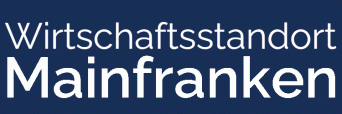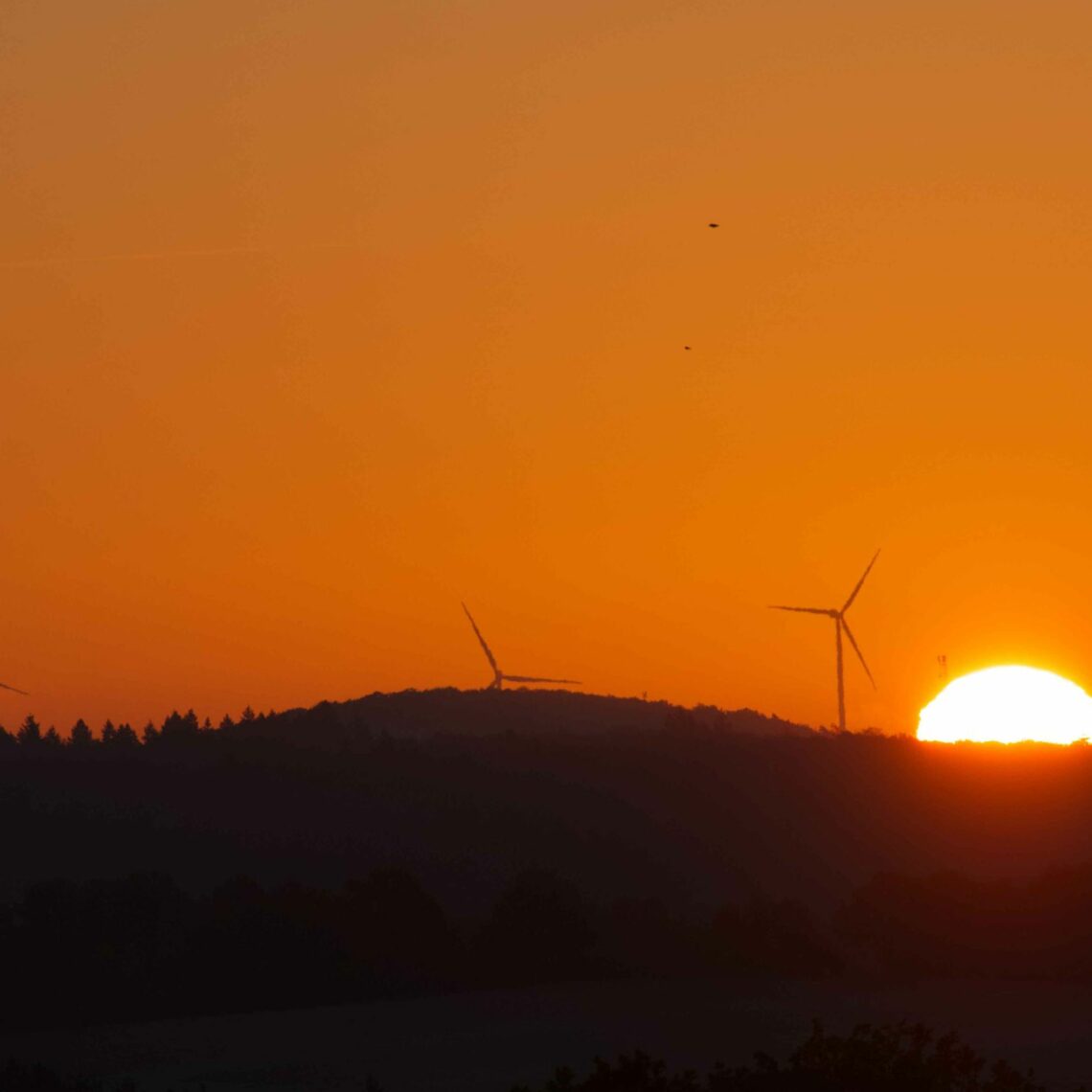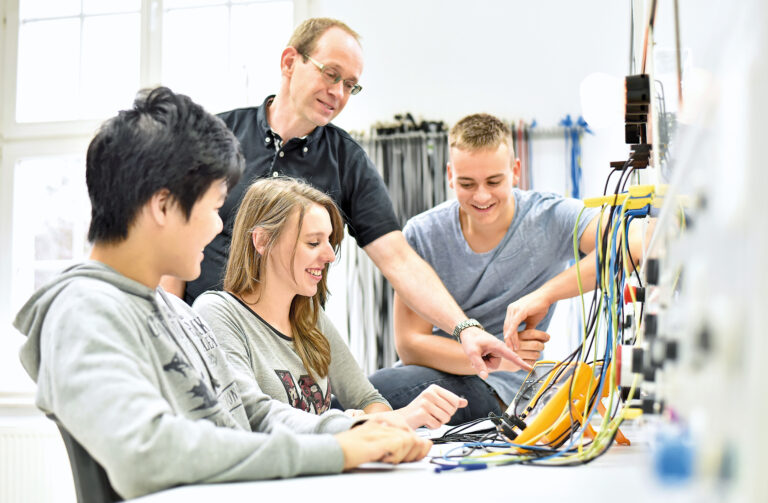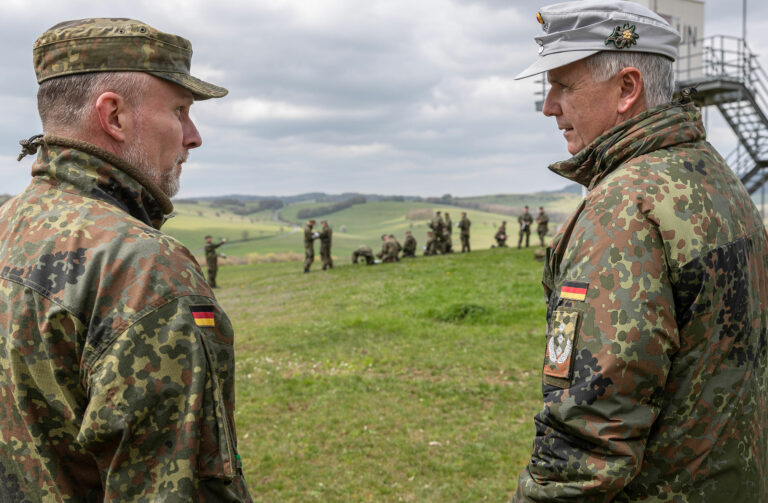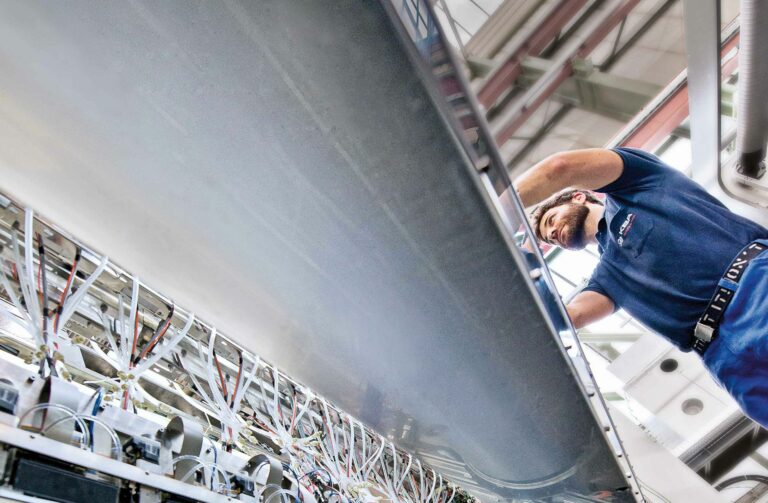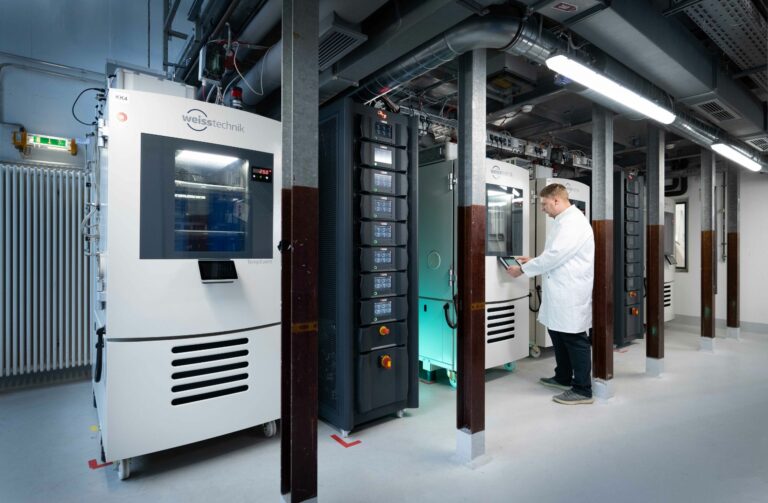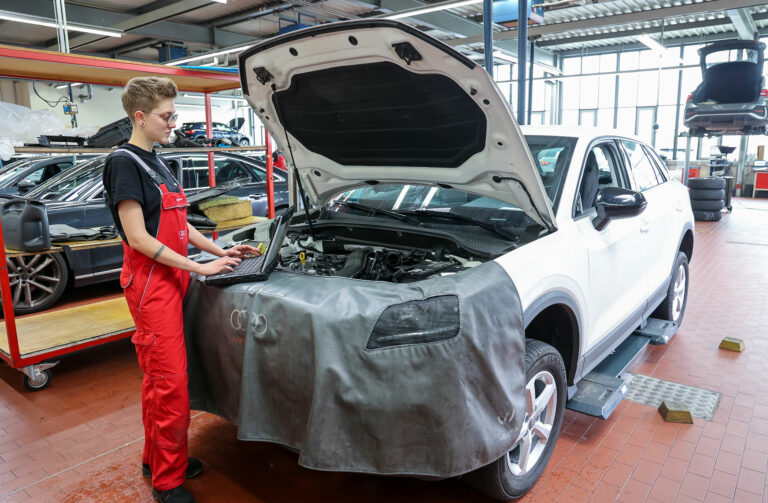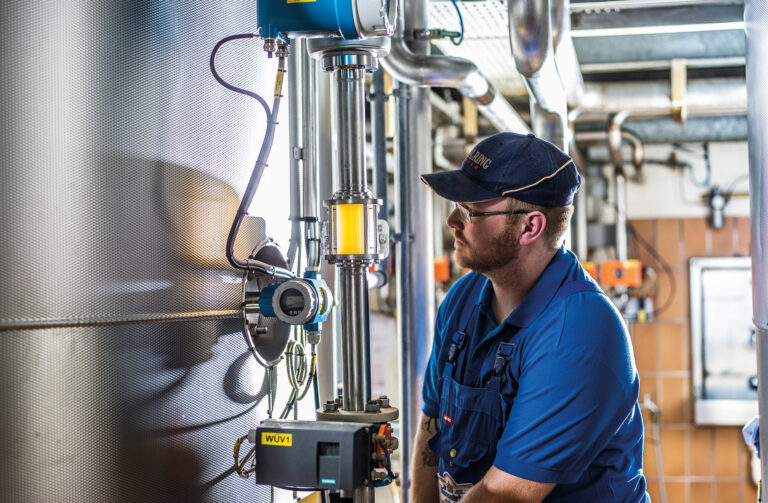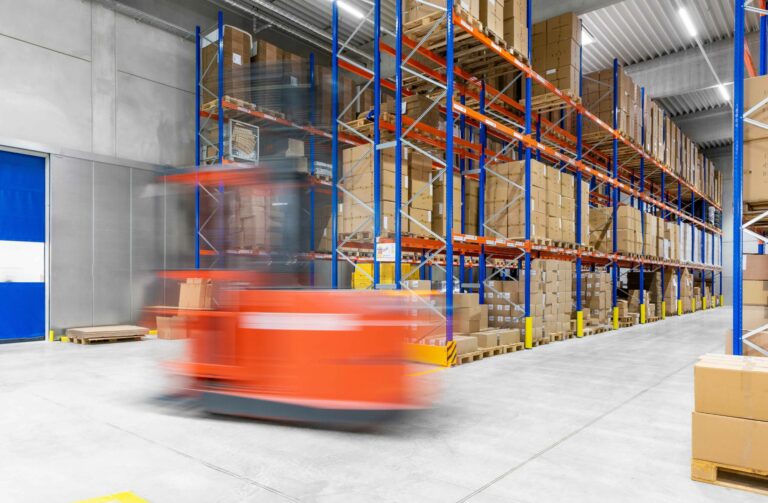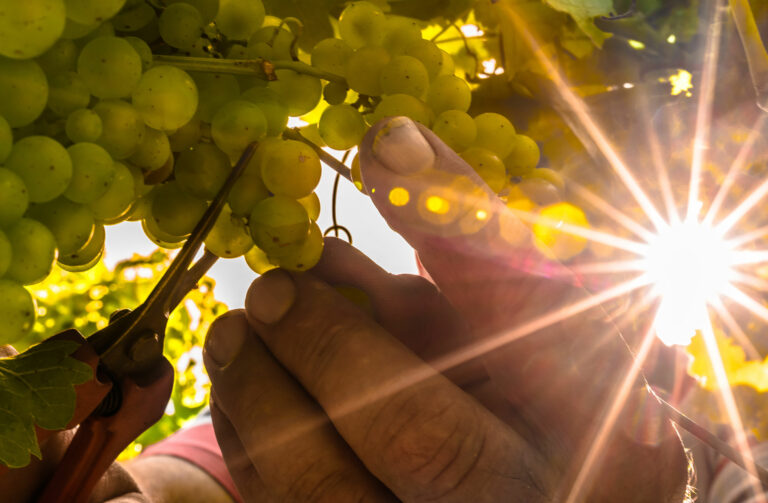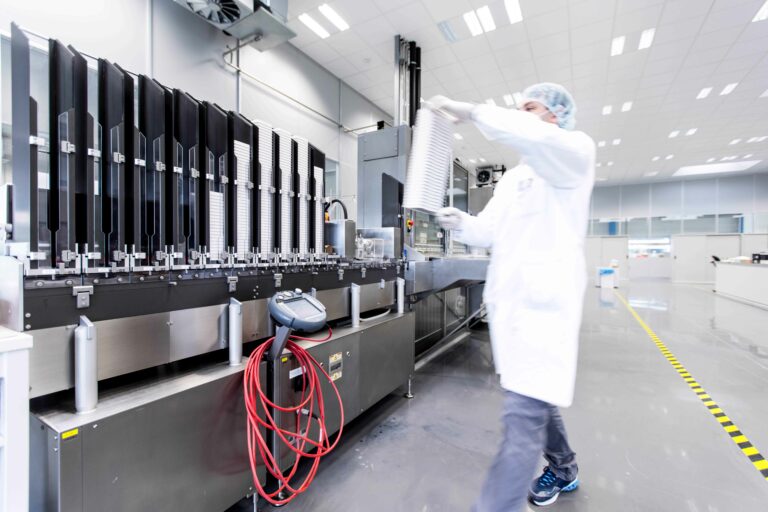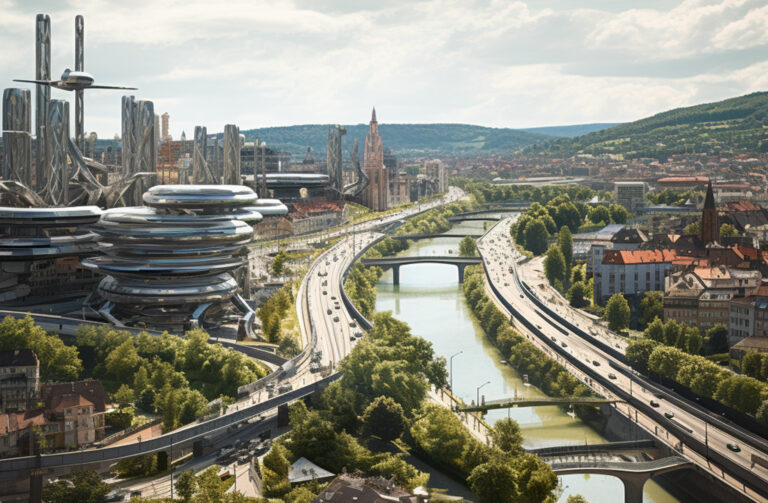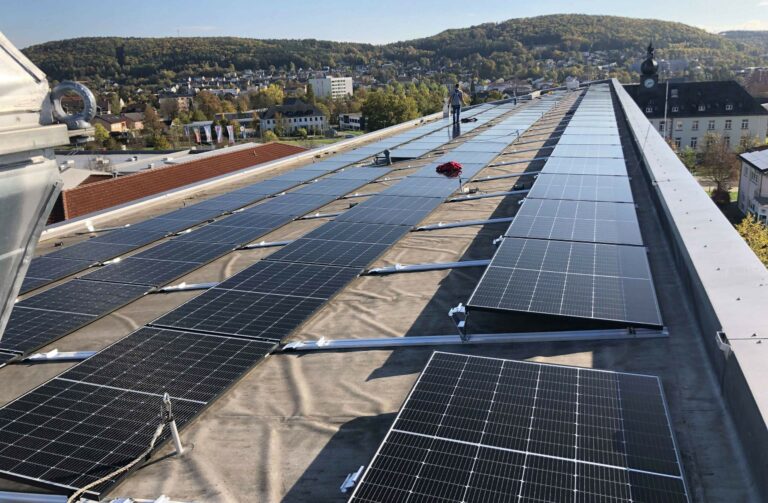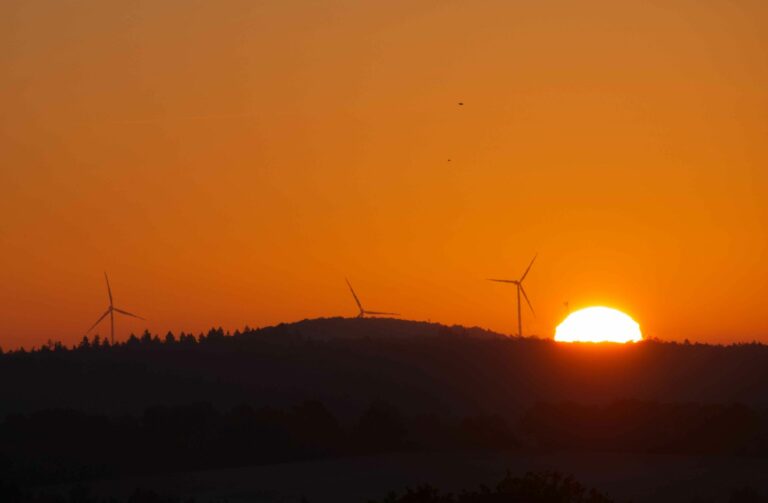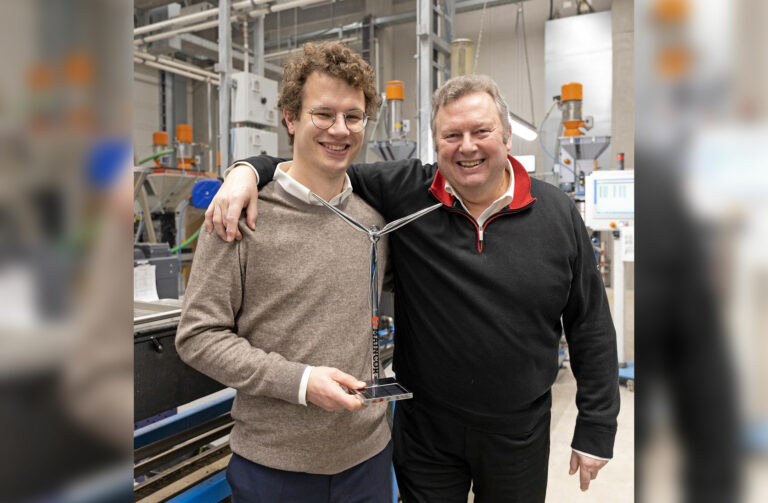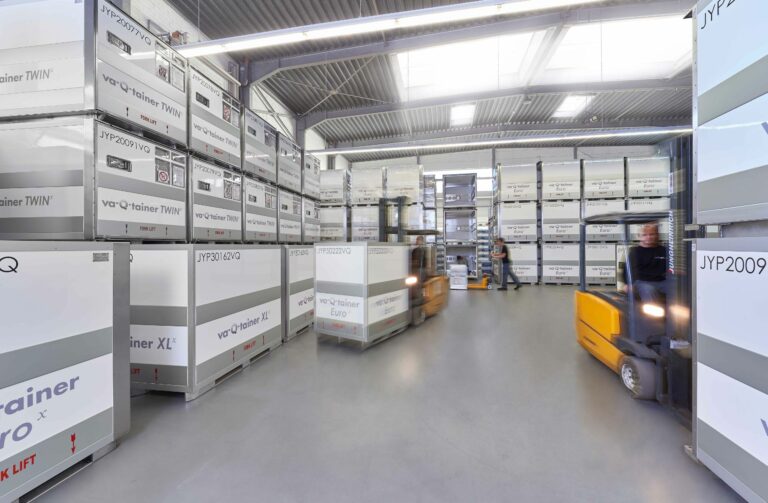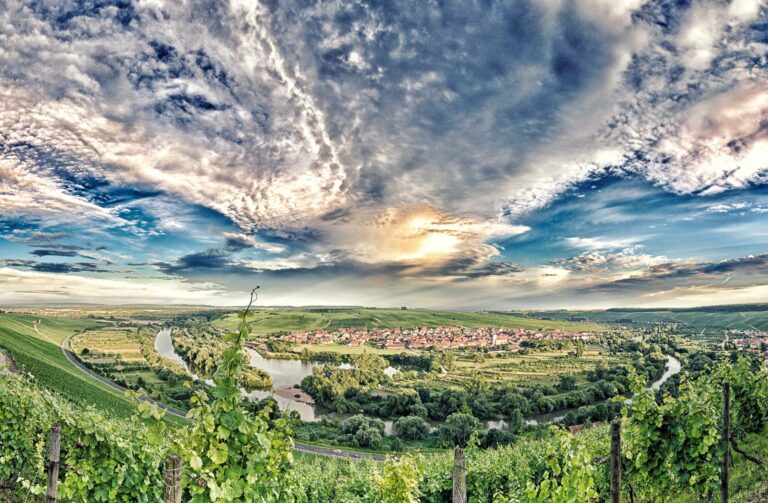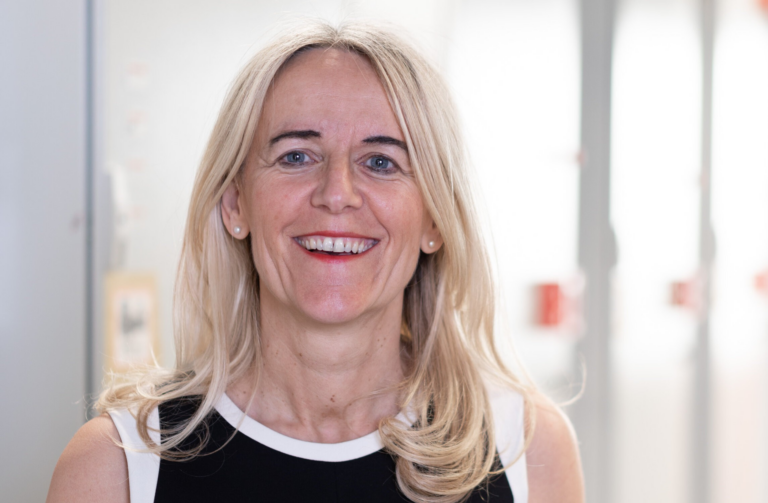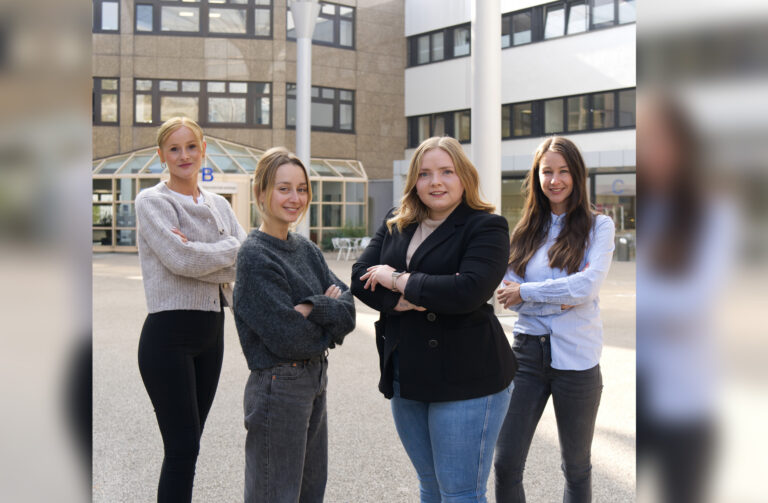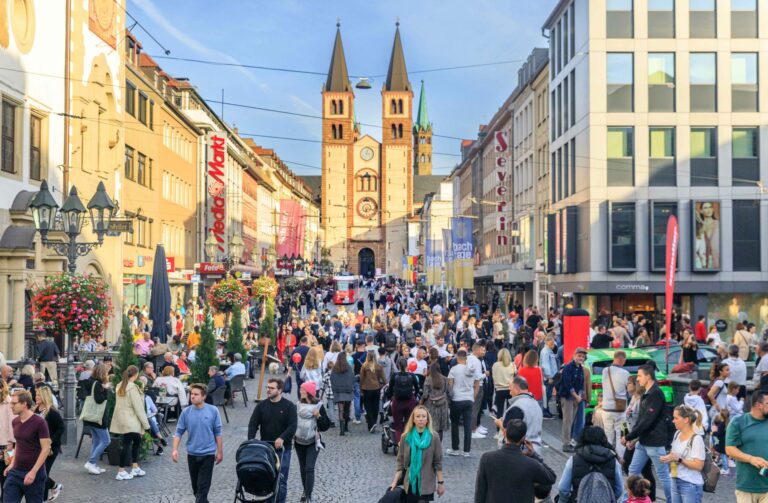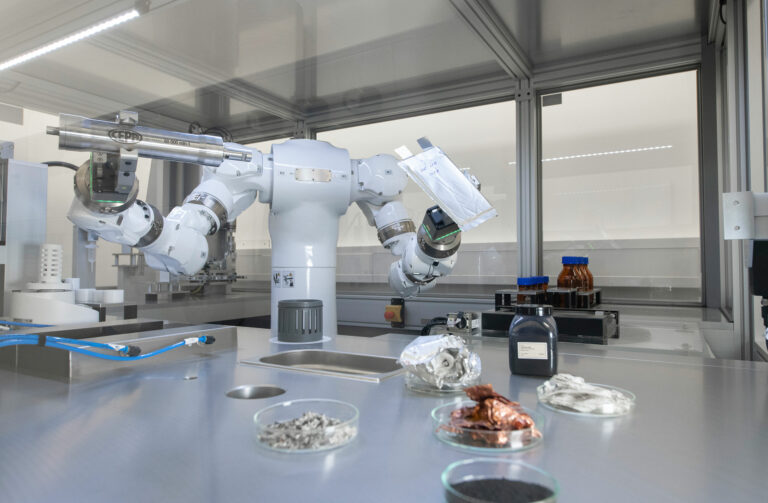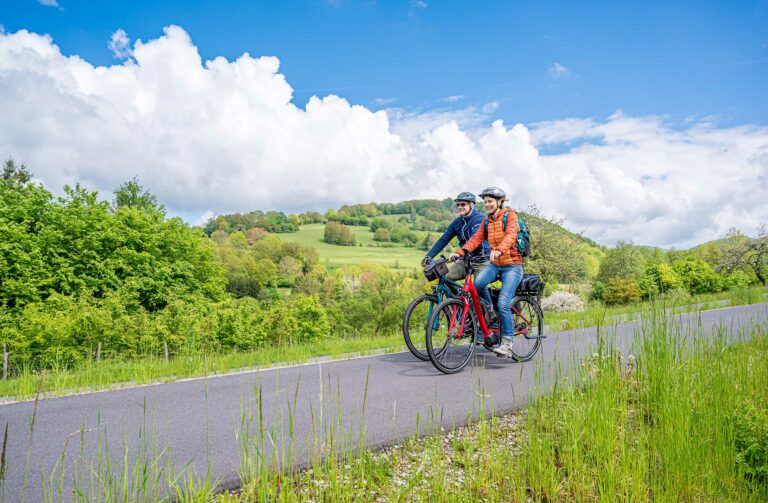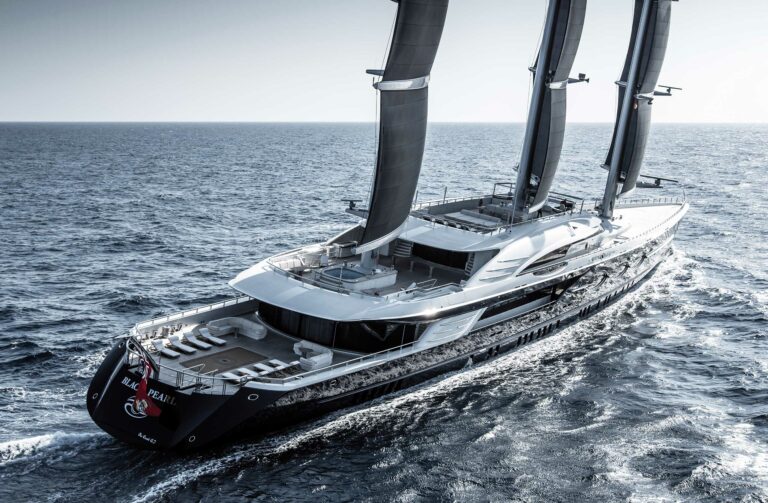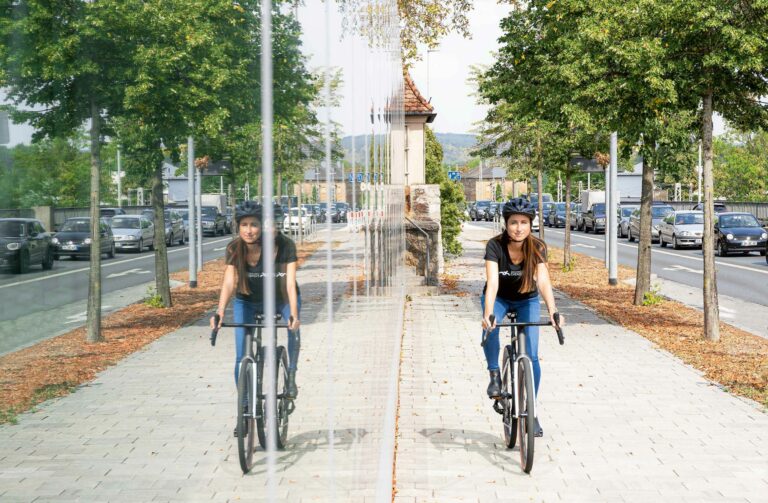“Climate action = energy and resource efficiency”
Climate change and the resulting global warming are bringing with them contradictory extremes such as severe storms, more forest fires, droughts and floods in ever shorter cycles. The defining issue of our time is threatening our economies, infrastructure and political stability around the world. CO2, the carbon dioxide responsible for global warming, has risen by 48 % since 1850 as a result of human activity. Therefore, it is all the more important to avoid any CO2 emissions as soon as possible. However, climate action can only work if everyone does their part!
In 2019, for example, the European Union expressed its decision to be completely climate neutral by 2050 with the Green Deal action plan. In 2021, the European Commission presented the “Fit for 55” package with the revised target of using 55 % less greenhouse gases in 2030 compared to 1990 levels. To achieve these goals, the European Green Deal includes a set of defined measures in the areas of industry, energy supply, transport, trade, agriculture, forestry and financial markets.
What does this mean for Germany, Bavaria and Main Franconia? Worldwide, Germany ranks seventh among the worst offenders for climate change. Historically, Germany even produced the fourth highest greenhouse gas emissions due to the post-war economic upturn. As a result, Germany has a huge responsibility to be role model here and set an example. Germany wants to live up to its role of setting an example by reducing CO2 emissions by 65 % by 2030 and by 88 % by 2040 compared to 1990, more than the EU. Net greenhouse gas neutrality is then to be achieved in Germany in 2045.
One major lever for achieving the climate targets is energy efficiency and the conversion of energy production from fossil fuels such as coal, oil and gas to climate-neutral renewable energy production through wind power, hydropower, photovoltaics, biomass and other alternative energy sources. However, the sustainable use of resources also contributes to the reduction of CO2. Replacing fewer disposable items with reusable processes or repairing products rather than throwing them away reduces the use of raw materials and energy for the production of replacement products. The use of recycled materials or renewable raw materials for the production of new products also helps prevent greenhouse gases.
Bavaria is the largest federal state in Germany and has the second highest population after North Rhine-Westphalia. Hardly any federal state is as traditional and at the same time as pioneering. Therefore, Bavaria has set ambitious targets for climate action. On the basis of the reduction of energy consumption, the increase in energy efficiency and the expansion of the use of renewable energy, Bavaria is in first place compared to the other federal states. It currently generates 28,069 megawatts of electricity from hydropower, biomass, solar power, wind and other sources. Lower Saxony ranks second with around 20,534 megawatts, followed by North Rhine-Westphalia with 16,478.9 megawatts. Baden-Württemberg generates 13,546 megawatts.
The online platform Energie-Atlas Bayern provides information on the progress of the energy transition in Bavaria. According to the website, 256 wind turbines with a total installed capacity of 562 megawatts (MW) were in operation in Main Franconia at the beginning of 2022. The district of Würzburg is leading the trend here with 71 turbines and 146 MW, followed by the district of Bad Kissingen with 40 turbines and 110 MW and the district of Schweinfurt with 49 turbines and 103 MW, as well as Main-Spessart with 44 turbines and 90 MW.
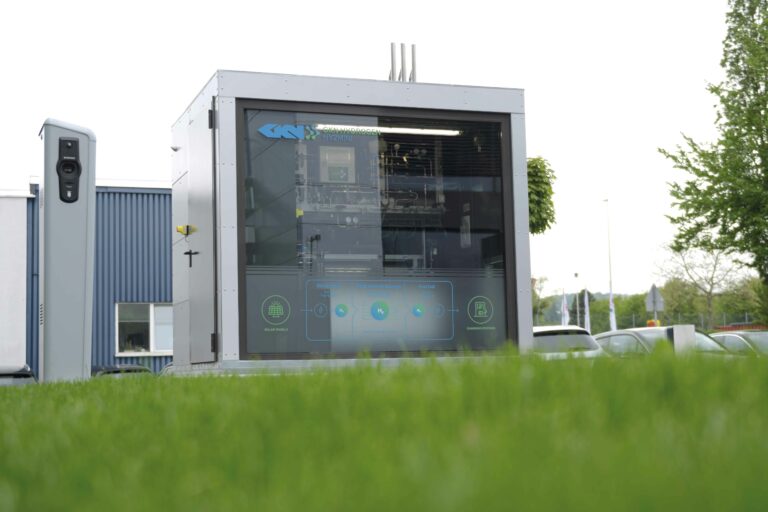
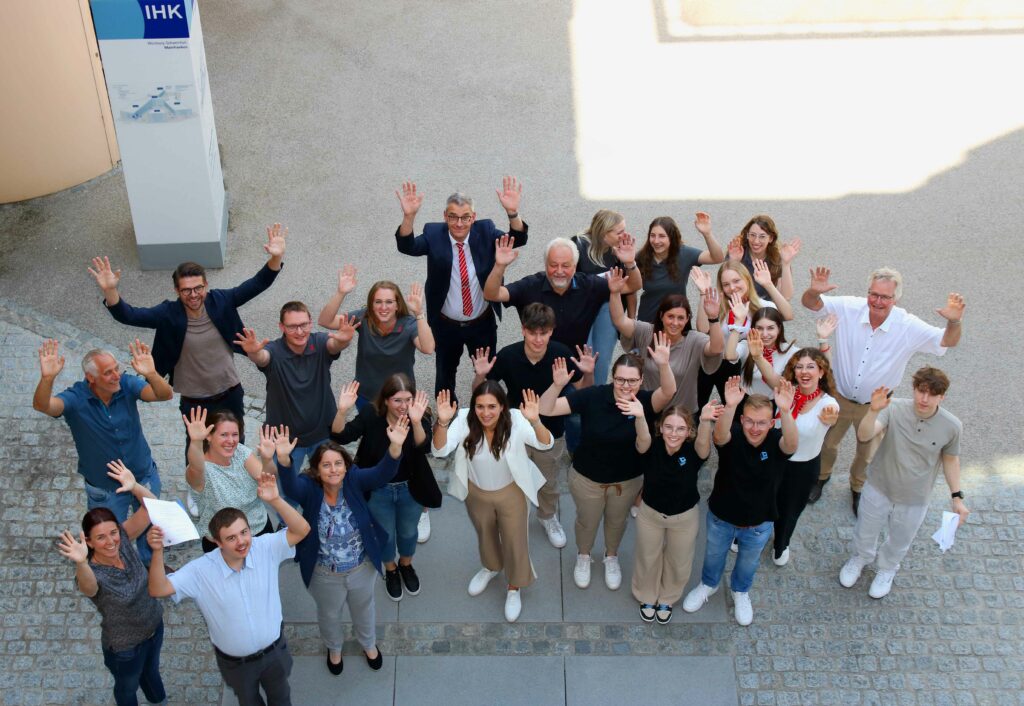
A similar picture emerges in the case of photovoltaics. At the beginning of 2022, a total of 301 stand-alone photovoltaic systems with a total output of 660.3 megawatt peak (MWp) were in operation in Main Franconina. When it comes to rooftop photovoltaic systems, Main Franconia boasts 49,336 systems with a total output of 842.5 MWp. However, the rapid expansion of the prevalence of wind and photovoltaic systems will also not be able to meet the energy demand in southern Germany and Main Franconia in the long term. As a result, the construction of the “SuedLink” North-South power line was recently given the go-ahead by the federal government. The direct current line is considered to be a key project in the energy transition and is intended to transport electricity from the windy north to consumption centres in southern Germany when it starts up in 2028. The end point of the SuedLink is located at the former Grafenrheinfeld nuclear power plant’s transformer station.
Climate action is not just about renewable electricity, but also about breaking away from the use of fossil fuels such as coal, oil and gas. For example, since Russia’s war of aggression on Ukraine, everyone has been talking about moving away from gas to electricity or hydrogen. The Würzburg-Schweinfurt University of Applied Sciences (THWS), for instance, launched the bachelor’s degree programme in hydrogen technology. This degree programme, which is unique in Germany, trains the hydrogen engineers who will be needed in the future to plan, develop and operate hydrogen plants with an attached hydrogen laboratory. The Center for Applied Energy Research CAE is also working on this topic with an innovation hub on hydrogen and digitalisation. In addition, applied energy research for more climate action is being carried out at the institute in Würzburg in the areas of climate-neutral buildings and functional materials, sensors for energy and hydrogen technology and energy system management. The Fraunhofer Institute for Silicate Research ISC is also working on climate action and has a research focus on improving the performance of batteries. The Fraunhofer ISC is also at the forefront of research on battery composition and raw material requirements as well as on battery recycling throughout Germany.
Climate action does not happen accidentally at companies. It is important to establish and actively expand a management system, to appoint and qualify responsible staff, to initiate investments and to use the opportunities offered by digitalisation, research and development. The CIC supports its member companies by providing information, organising networking events and coaching. In individual climate action coaching sessions, the CIC experts provide interested companies with background information on climate policy, the corporate carbon footprint and climate reporting. The CIC also offers coaching for the next generation. In the CIC “Trainees become energy scouts” project, companies can raise the awareness of their young trainees for energy and resource efficiency in the company. In this project, energy or resource efficiency projects are identified and implemented by the trainees. Since the beginning of 2014, more than 9,000 trainees from more than 2,000 companies have qualified as energy scouts throughout Germany. At the Würzburg-Schweinfurt CIC, more than 260 trainees from 59 different companies have completed the qualification so far.
Header picture: Wind power and its expansion is essential in addition to other renewable energy sources to secure our energy requirements.
Photo: Marcel Gränz
